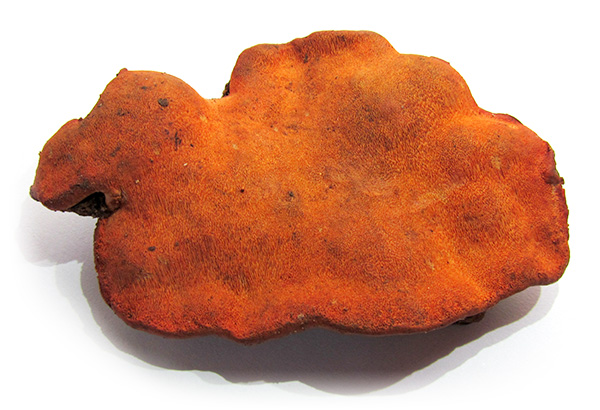Active Substances
4-Acetyl-Antroquinonol B (4-AAQB)、β-Glucan
Background
Antrodia cinnamomea, a medicinal mushroom endemic to Taiwan, is a fungus belonging to the family Fomitopsidaceae. Because of its bright orange appearance and high health value, Antrodia cinnamomea is also known as the “Ruby in the forest”. Antrodia only grows in the trunk of Cinnamomum kanehirae. However, with C. Kanehirae being listed as a conservation plant, wild Antrodia has almost disappeared from the market. At present, most of the Antrodia on the market are generated by artificial woods cultivation. But, since C. kanehirae woods are quite rare and it often takes more than one year to grow fruit bodies, Antrodia is still a very precious health food.
Until now, more than 78 compounds have been identified in Antrodia cinnamomea, which are mainly triterpenoids, polysaccharides and quinones. Furthermore, as more researchers have devoted themselves to the research of it, more than 300 related scientific papers have been published. Studies have shown that both the fruit body cultured from wood and the mycelium cultured in solid or liquid state have been found to have multiple pharmacological effects, including anti-oxidation, anti-inflammatory, liver-protecting, anti-viral, anti-allergic, neuroprotective and anti-cancer. Given its wide range of pharmacological effects, Antrodia is also used as a natural supplement for adjuvant chemotherapy and radiotherapy.
